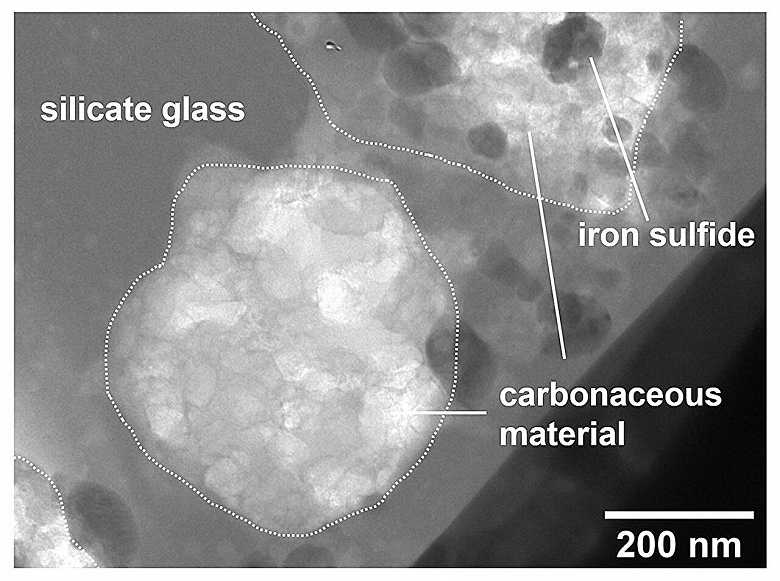In-depth study of Ryugu samples confirms transport of organic matter from distant reaches of the solar system
Ryugu — a near-Earth asteroid that received significant attention when the Japanese Hayabusa2 mission collected samples from its surface and brought them back to Earth. Recent research has shown that samples of this asteroid may contain important elements that can «tell» about the solar system and processes occurring in space.
A team of scientists led by Associate Professor Megumi Matsumoto of the Tohoku Department of Earth Sciences conducted a detailed study of the Ryugu samples. Researchers have found evidence that organic matter can be transported from outer space near Earth.
One of the key factors allowing this to happen — the asteroid Ryugu lacks an atmosphere. The surface of an asteroid is exposed to cosmic dust, which can fall on it and change the composition of its surface materials.
Using 3D images and chemical analysis, the researchers found small objects ranging in size from 5 to 20 micrometers on the surface of Ryugu samples. These objects were formed as a result of the bombardment of an asteroid by micrometeorites of comet dust.
«Analysis has shown that these „splashes“, consisting mainly of silicate glasses with cavities and small inclusions of iron-sulfur compounds, are hydrated Ryugu silicates mixed with comet dust» ;, — explains Megumi Matsumoto.

The formation of such «splashes» occurred as a result of the mixing and melting of Ryugu's surface materials and comet dust upon impact. Heating and subsequent rapid cooling caused the formation of fragments in which cavities remain, corresponding to the evaporation of water vapor from hydrated Ryugu silicates.
As for carbon materials, the study also revealed their presence in the detected splashes. These materials, with the exception of the absence of nitrogen and oxygen, are structurally similar to «primeval organic matter» in comet dust.
«We hypothesize that these carbon materials were formed from cometary organic matter by the evaporation of volatiles such as nitrogen and oxygen upon impact. This indicates that cometary material was transported from the outer solar system into our neighborhood. This organic matter may be tiny grains of life that were once brought from space to Earth», — concludes Megumi Matsumoto.
In the future, the team will continue to analyze Ryugu samples in search of additional fragments that may shed light on the nature of primordial space materials reaching Earth.

